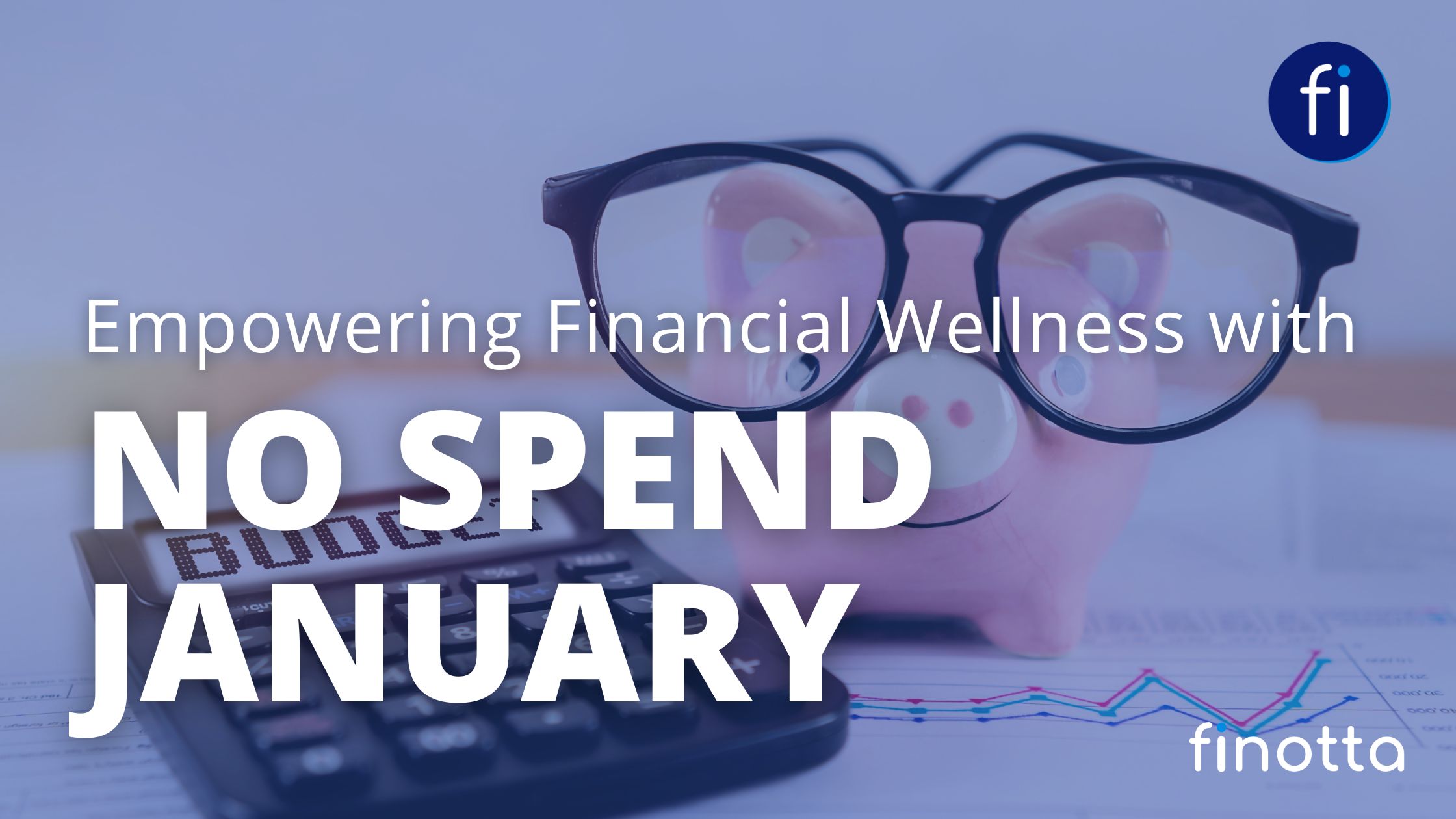Finotta
Jan 18
5 min read

